Description
The Vemuram DJ1 Darryl Jones Signature Bass Overdrive and Distortion Pedal is currently retailing at £529 and it is out of stock. Available to be delivered to you by post direct (some charge may apply).The team at Just Pedals think that Vemuram nailed it with the Vemuram DJ1 Darryl Jones Signature Bass Overdrive and Distortion Pedal. Vemuram DJ1 Darryl Jones Signature Bass Overdrive and Distortion Pedal
We have new and used Vemuram musical equipment available on our website for fast direct delivery from sellers across the UK & Europe.
Vemuram is a high-end Japanese boutique pedal company known for crafting premium, hand-built effects pedals that offer exceptional tonal quality and craftsmanship. Established in 2005, Vemuram quickly gained a reputation for its commitment to producing pedals that are both sonically rich and highly responsive. Their designs are often inspired by vintage analog circuits, with models like the Shanks Overdrive and the Jan Ray Overdrive being particularly popular among professional musicians for their organic, dynamic tones and smooth feel. Vemuram pedals are renowned for their durability and the ability to provide a wide range of tones, from subtle overdrives to intense, saturated distortion, making them a favourite for guitarists seeking nuanced, boutique-level sound.
In the realm of guitar effects, “bass” pedals are designed specifically for bass guitars, enhancing their low-end frequencies and allowing bassists to shape their tone and explore new sonic possibilities. These pedals cater to the unique characteristics of the bass guitar and provide various effects to modify its sound. For instance, overdrive and distortion pedals add gain and saturation, giving the bass a gritty or distorted tone. Compression pedals help even out dynamics by smoothing out the volume of loud and soft notes, resulting in a consistent and punchy sound. EQ pedals enable bassists to sculpt their tone by boosting or cutting specific frequencies, allowing them to emphasize certain parts of the sound or compensate for room acoustics.
Other popular bass effects include envelope filters, which produce dynamic filter sweeps in response to playing dynamics, adding rhythmic groove to bass lines. Octave pedals generate harmonies one or two octaves below the original note, creating a fuller and more powerful sound. Modulation effects like chorus, flanger, and phaser add depth and movement by modulating the pitch or phase, creating swirling textures and enhancing the overall presence of the bass line. Lastly, delay and reverb pedals introduce ambience and spatial depth, adding echoes and reflections that enhance the sense of space in music. These diverse effects allow bassists to expand their sonic palette and express their creativity in numerous ways.
Distortion is a type of guitar effect that alters the sound by adding sustain, harmonic richness, and a gritty or aggressive character. It clips the audio signal, creating a more saturated and powerful tone. Distortion is commonly used in rock, metal, and punk music, offering everything from warm, crunchy overdrive to heavily saturated, high-gain chaos. Unlike overdrive, which mimics the natural breakup of a tube amp, distortion produces a more intense, compressed, and processed sound. Popular distortion pedals include the Boss DS-1, ProCo Rat, and MXR Distortion+.
Just Pedals is a new Guitar Effect Pedals Marketplace – We feature new and used Guitar Effect pedals from different sellers, to purchase online from the UK.
A pedal is an electronic device that alters the sound of an electric guitar by applying various effects. Pedals are typically connected in a series between the guitar and amplifier, allowing guitarists to switch effects on and off with their feet while playing.
This enables musicians to quickly and easily change their sound, adding versatility and creativity to their performances.
Pedals are essential tools in many musical genres, including rock, blues, jazz, and metal, allowing artists to craft distinctive and dynamic soundscapes.
Once you buy one, you can’t stop and then you have to sell them and buy more.
Signature pedals are special editions of guitar effects designed in collaboration with famous musicians or to replicate the unique sound of a particular artist. These pedals typically feature custom modifications, settings, or circuit designs that reflect the player’s iconic tone, offering fans and musicians a way to capture that signature sound in their own setup.
Signature pedals are often developed with the input of the artist to ensure the pedal closely matches their live or recorded tone. Examples include the Joe Bonamassa Fuzz by Electro-Harmonix, designed to deliver the blues-rock legend’s distinctive fuzzy tone, and the John Petrucci Dreamscape by MXR, which is tailored to the Dream Theater guitarist’s complex soundscapes. These pedals not only provide a specific tone but also offer users the chance to access the sounds of their favourite artists in a compact and reliable format.
Just the latest videos
Just related products
11% Off £74.00 £66.00
Legendary distortion used by guitarists everywhere since 1978. BOSS’s first distortion pedal defined a bold new sound, delivering hard-edged attack and smooth sustain that’s been a staple of players for generations. The classic DS-1 tone is behind th…
read more
£22.99
Get tube-like distortion, smooth sustain and super-fat tone Unique balance control to blend between overdriven and dry bass sound for maximum punch Dedicated level, 2-band eq and gain controls for awesome sound shaping Blue status led for effect on/o…
read more
5% Off £73.00 £69.00
Since 1981, the SD-1 Super Overdrive has been a go-to gain pedal for generations of players—trusted across genres for its reliable tone and performance. Built on the groundbreaking asymmetrical clipping circuit of the iconic 1977 OD-1—one of the firs…
read more
£21.30
Pushes distortion to the extreme by producing crushing, bottom-heavy distortion for modern metal and hard rock Dual distortion with gain boost circuitry to give you super thick and heavy distortion with brutal low-end punch and endless sustain Dedica…
read more
20% Off £34.99 £27.99
🎸[2 overdrive modes] Warm: The classic TS overdrive sound replica. Hot: More powerful, a louder, tightened sound. 🎸[Style-type] Combining iconic vintage tube overdrive sound with wide dynamic range, Donner overdrive pedal gives you a wide tonal range…
read more
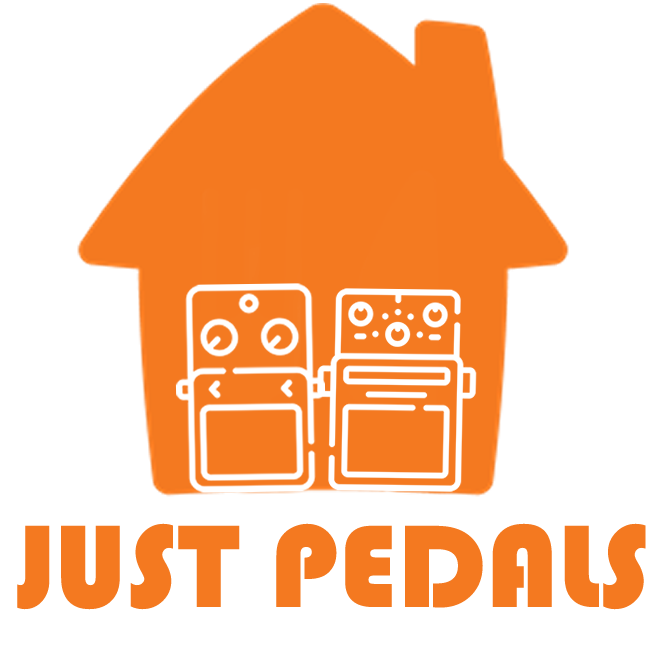
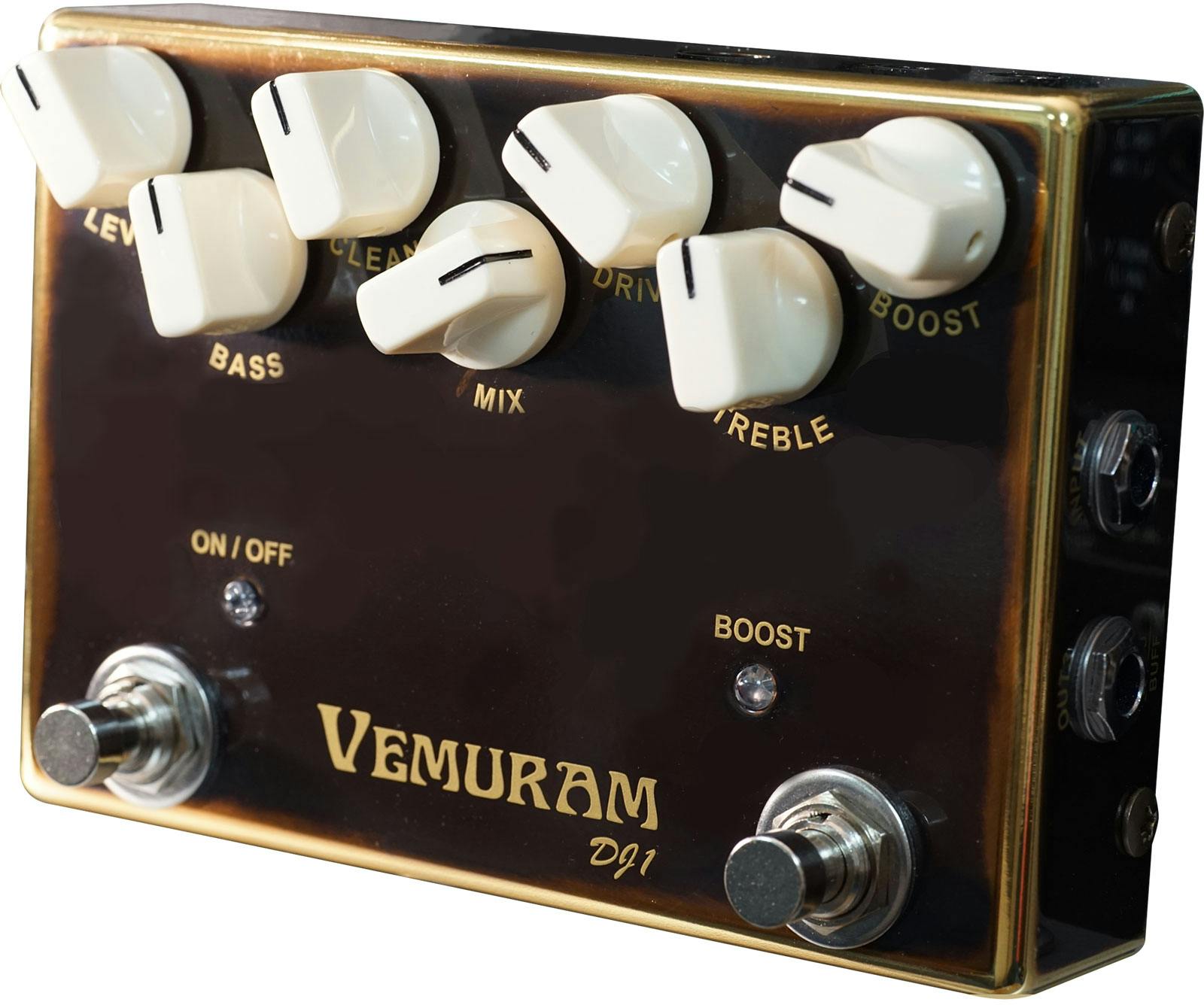
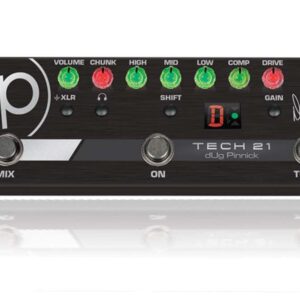
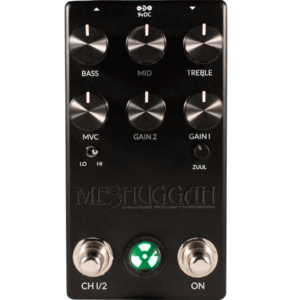
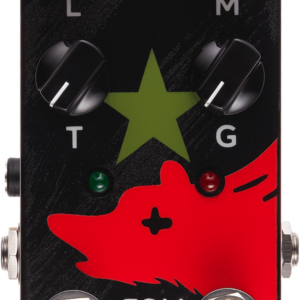
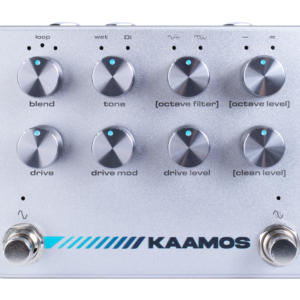
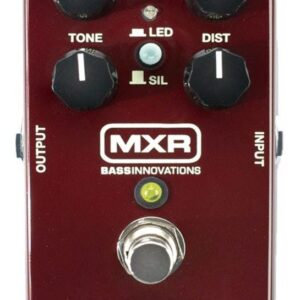
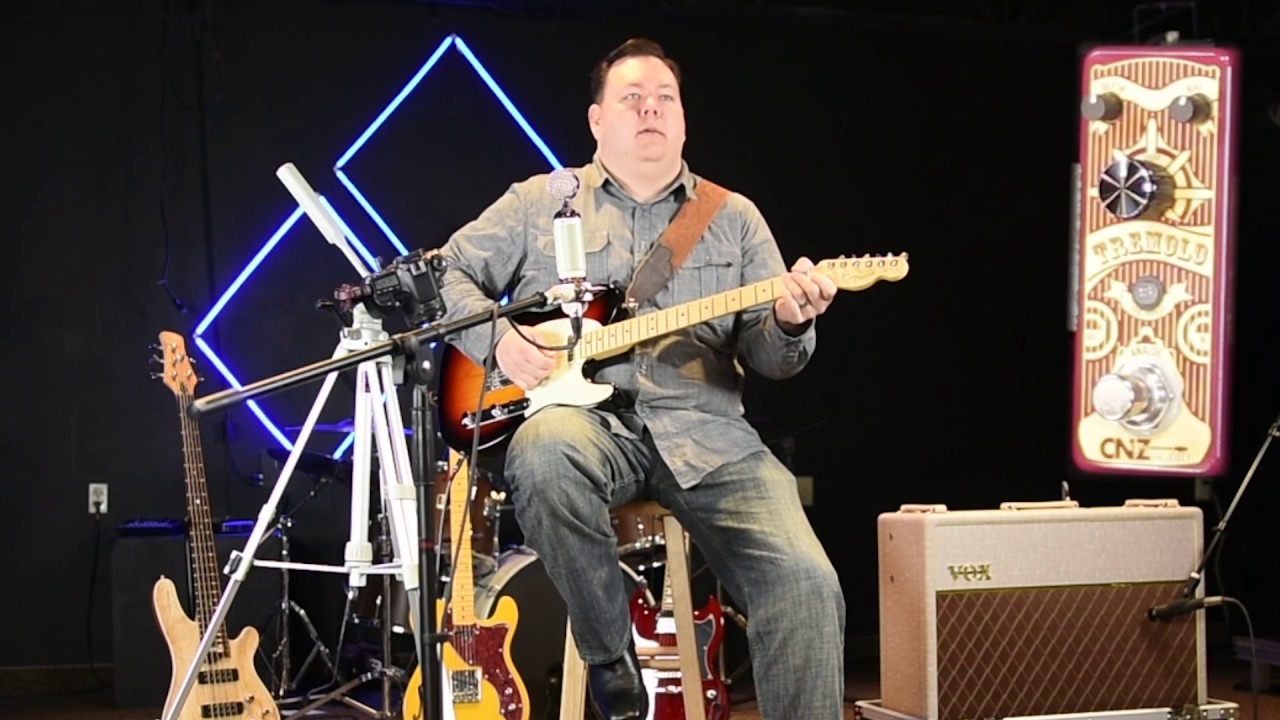
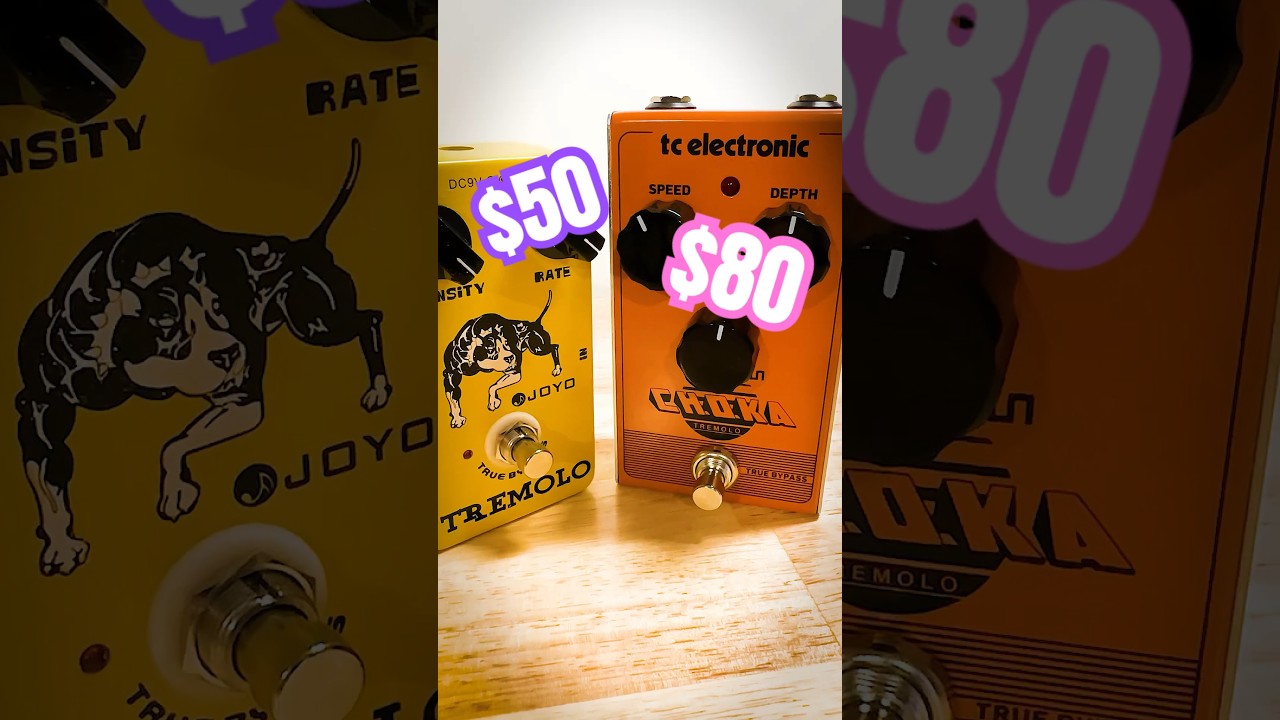

















![🎸[2 overdrive modes] Warm: The classic TS overdrive sound replica. Hot: More powerful, a louder, tightened sound. 🎸[Style-type] Combining iconic vintage tube overdrive sound with wide dynamic range, Donner overdrive pedal gives you a wide tonal range...](https://m.media-amazon.com/images/I/41D+0SY95yL._SL160_.jpg)




